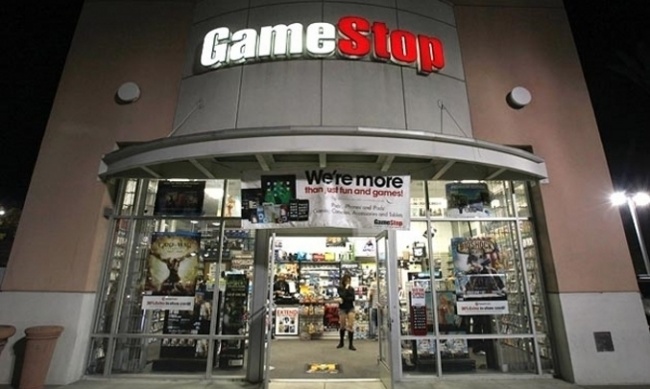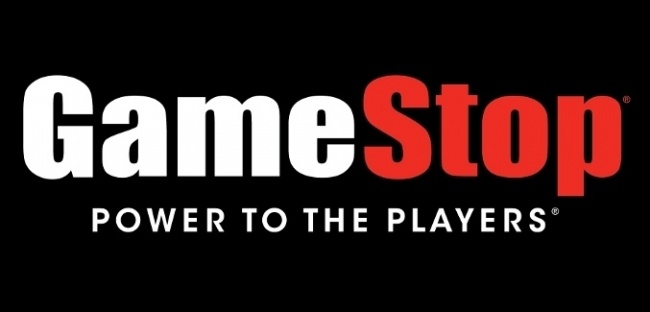Sales in GameStop’s collectibles category were up 3.1% in its fiscal Q4 ended February 2 and up 11.2% for the year, to $707.5 million, the company reported Wednesday. That wasn’t enough to overcome the strong headwinds in GameStop’s core physical video game category; sales were down 3.8% in Q4 and 1.5% for the full year (excluding the impact of a 53rd week in 2017).
Losses for the company were substantial: GameStop lost $187.7 million in Q4 and $673 million for the year, driven by around $350 million in goodwill write-offs in Q4 and $950 million for the year. Despite the company’s weakening balance sheet, it’s continuing to use cash to repurchase shares.
A lot of the sales decline was due to the 112 video game stores the chain closed in 2019, 2% of its overall store count. U.S. comp store sales were up 3.4% for the quarter and 1.8% for the year (although overall comps were down for the year due to weaker sales outside the U.S.).
The successful expansion of collectible sales in the U.S. was happening primarily in brick and mortar stores; it seems like GameStop has hit a wall with ThinkGeek.com, which underperformed expectations and is marking down inventory, according to CFO Robert Lloyd in the conference call. In the brick and mortar stores, GameStop was able to pick up some points of gross margin in the category, which implies fewer markdowns than the previous year. It continues to test comics in GameStop stores.
GameStop’s recent attempts to find a buyer were unsuccessful (see "GameStop Pulled Off the Block"), but it was able to find a new CEO, retail management veteran George Sherman, who starts April 15. It’s also taking steps to try to integrate esports into its operations; a first step is to run an experiment with a new 11,000 square foot esports performance center at the home of the Dallas Cowboys, which will include a public gaming area, a training ground for gaming clinics, and a merchandise wall.

Reports $673 Million Loss for the Year
Posted by Milton Griepp on April 4, 2019 @ 12:32 pm CT
MORE GAMES
Battle Is Joined
July 17, 2025
The battle is now joined between the bankrupt estate of Diamond Comic Distributors, Inc. and publishers that sold to Diamond on a consignment basis.
New Worker Placement Game
July 16, 2025
Good Games Publishing will release 12 Rivers, a new worker placement game, into retail.
MORE NEWS
As Ongoing Series
July 16, 2025
The colored comics will be published as an ongoing series.
Tournament Pits 36 Heroes Against One Another to Choose a Champion to Fight Darkseid
July 16, 2025
DC K.O. centers on a five-bracket tournament to choose the champion who will face Darkseid in the final battle.








